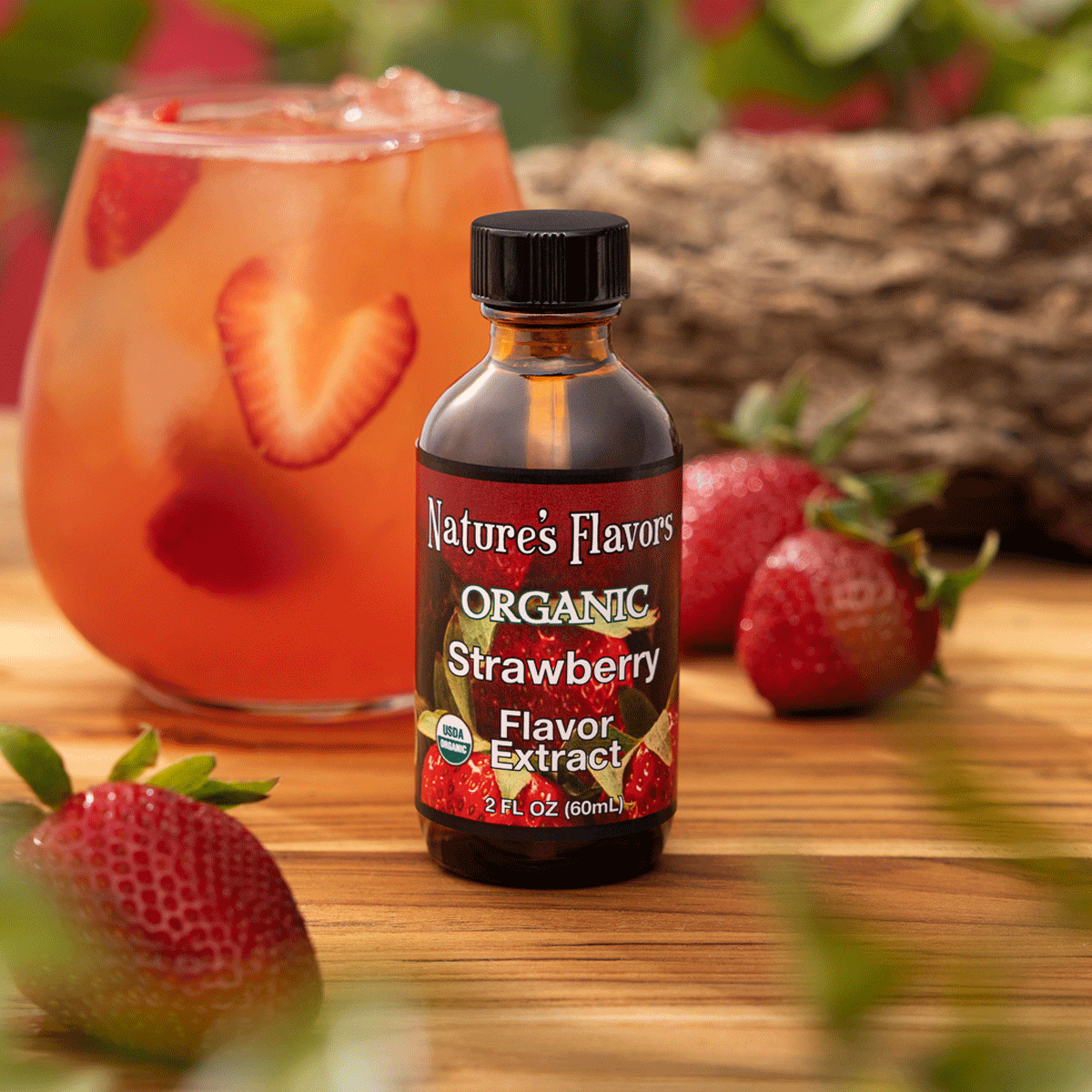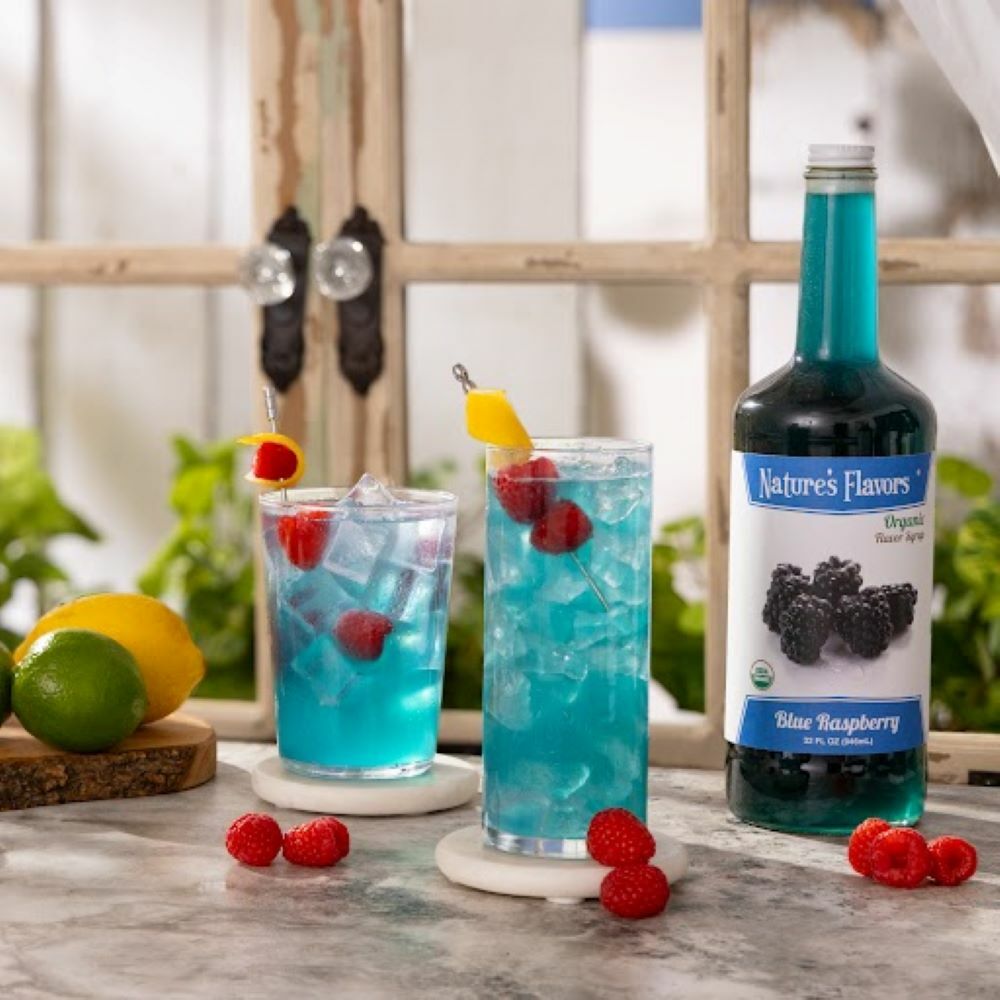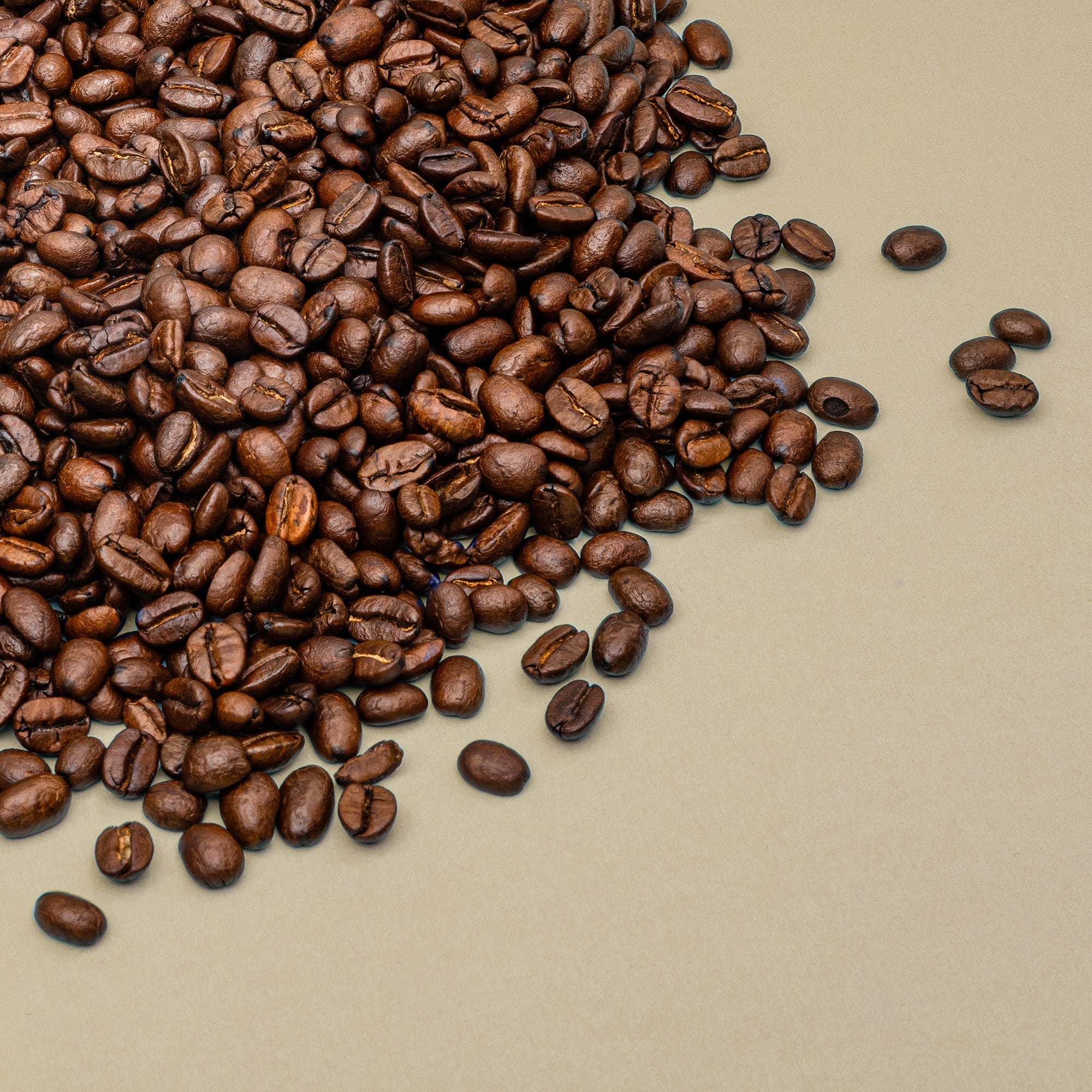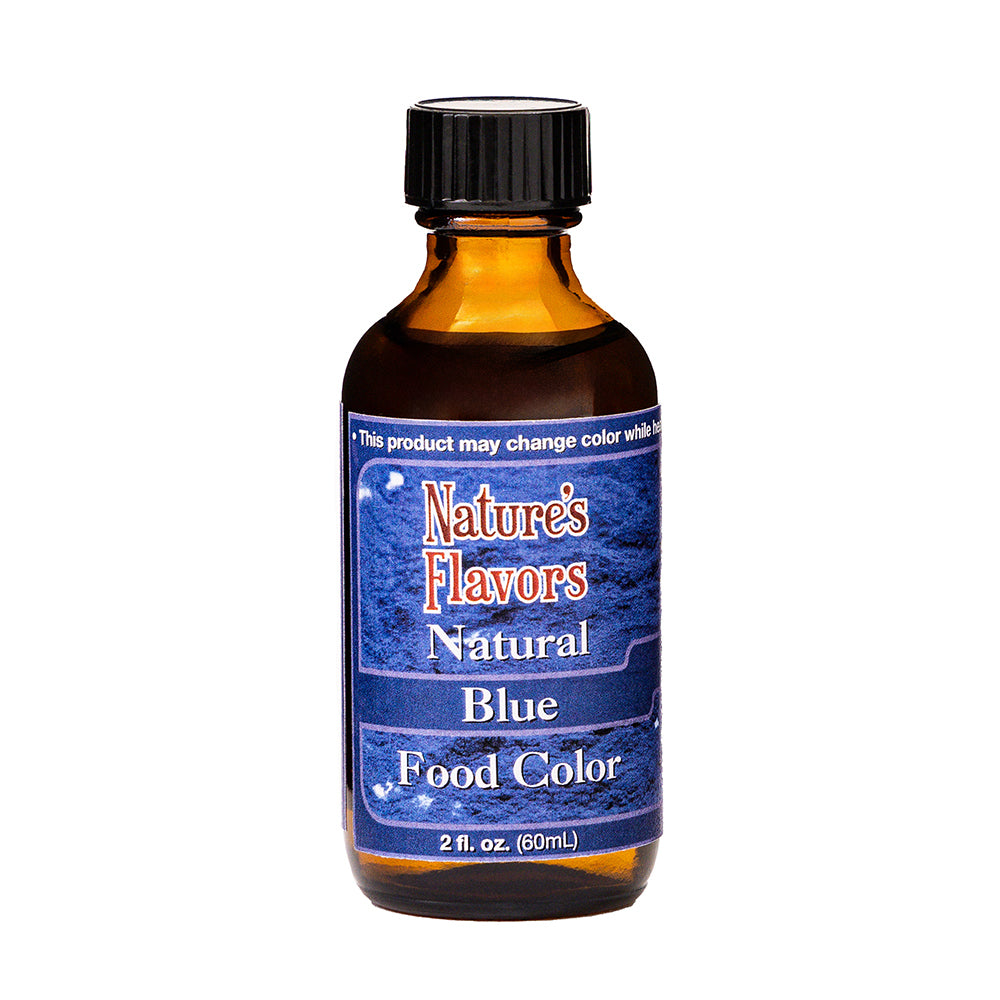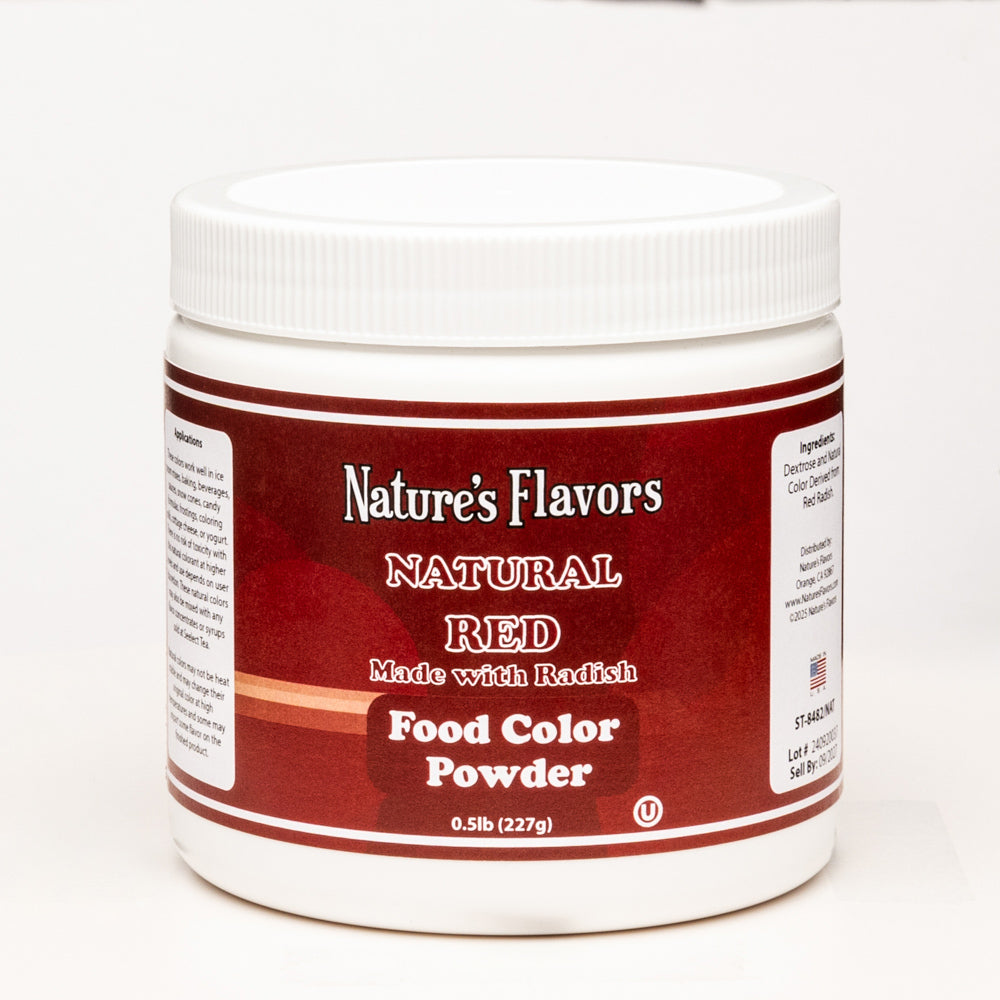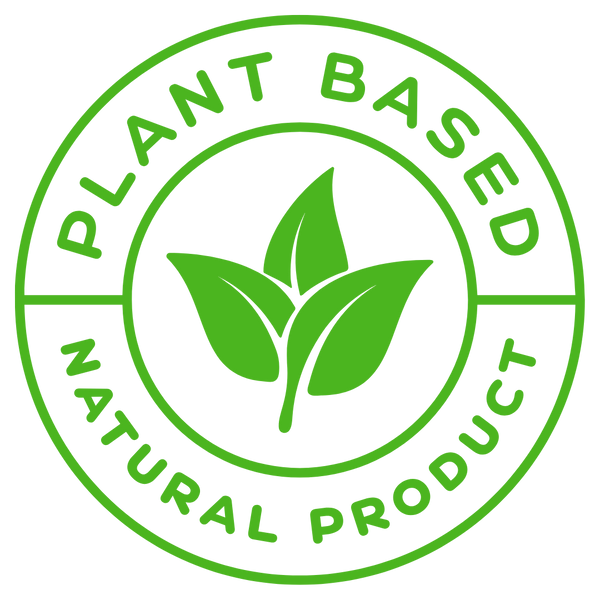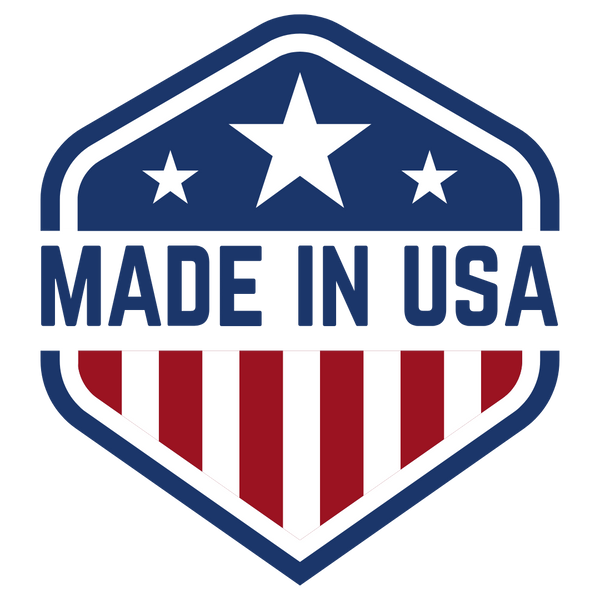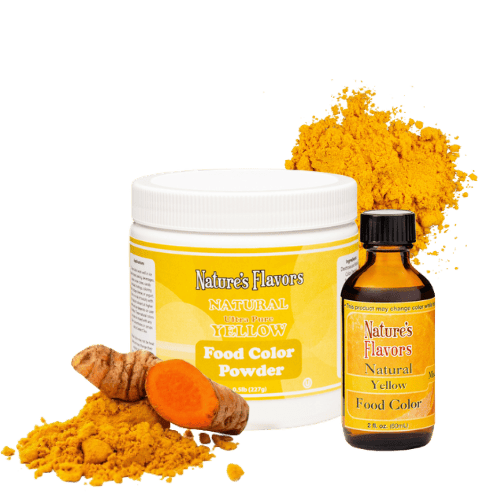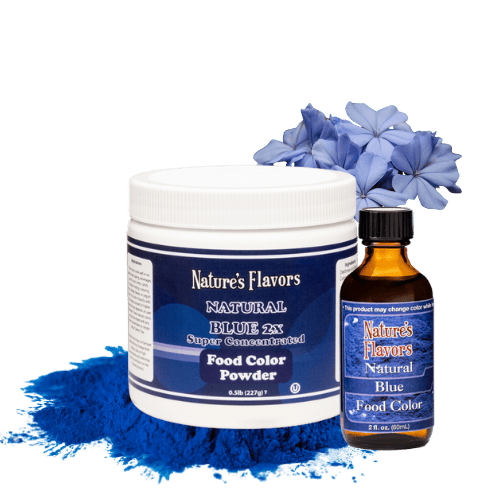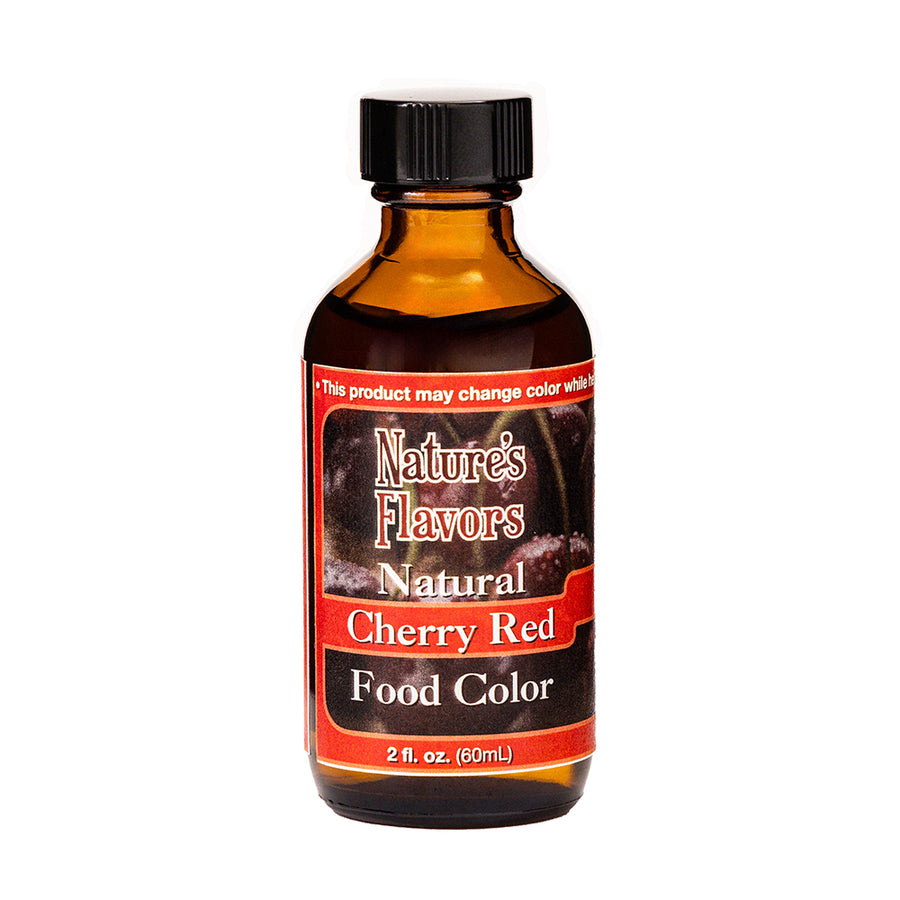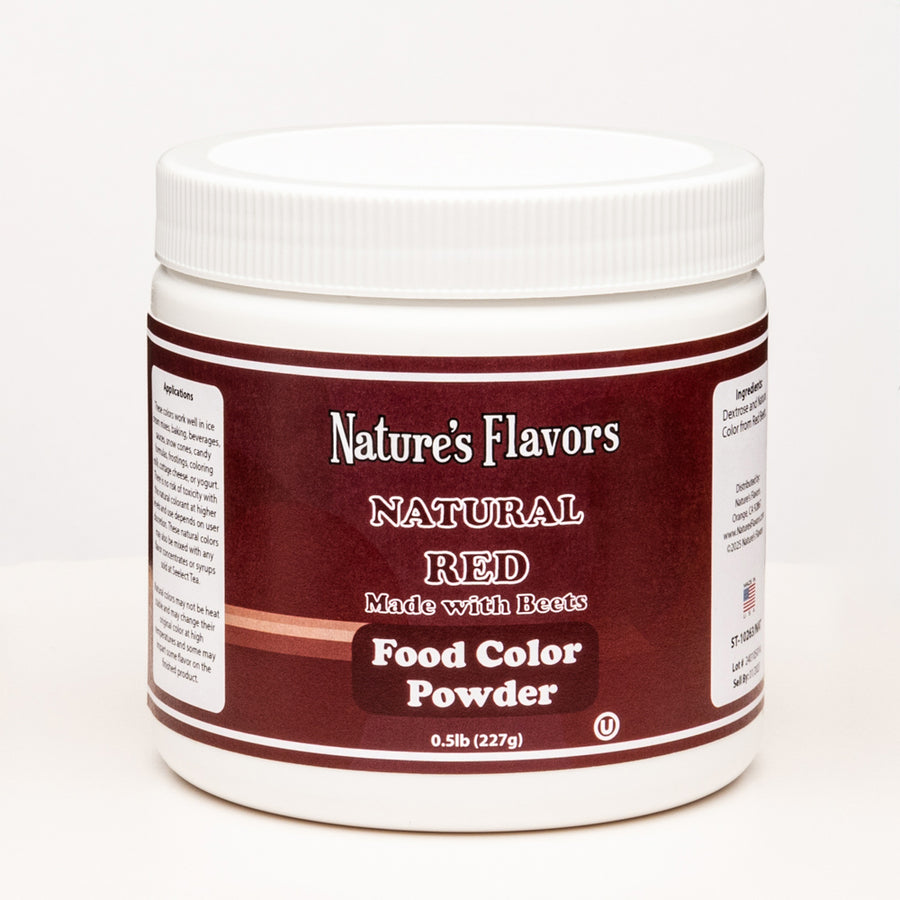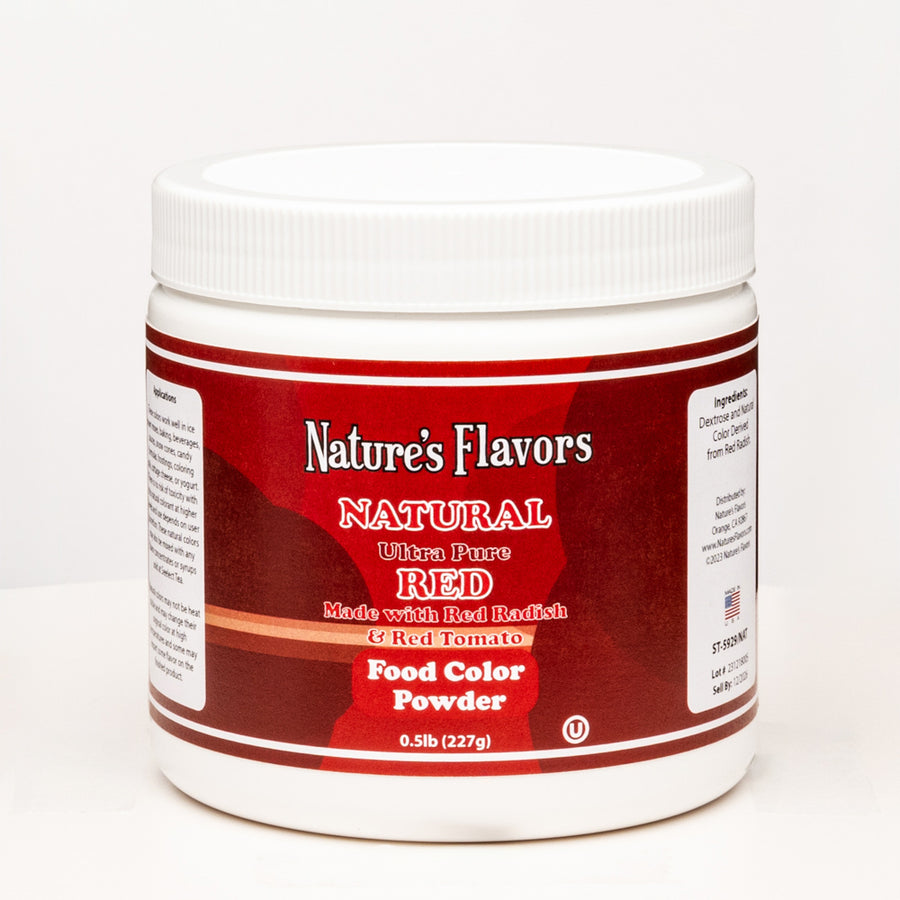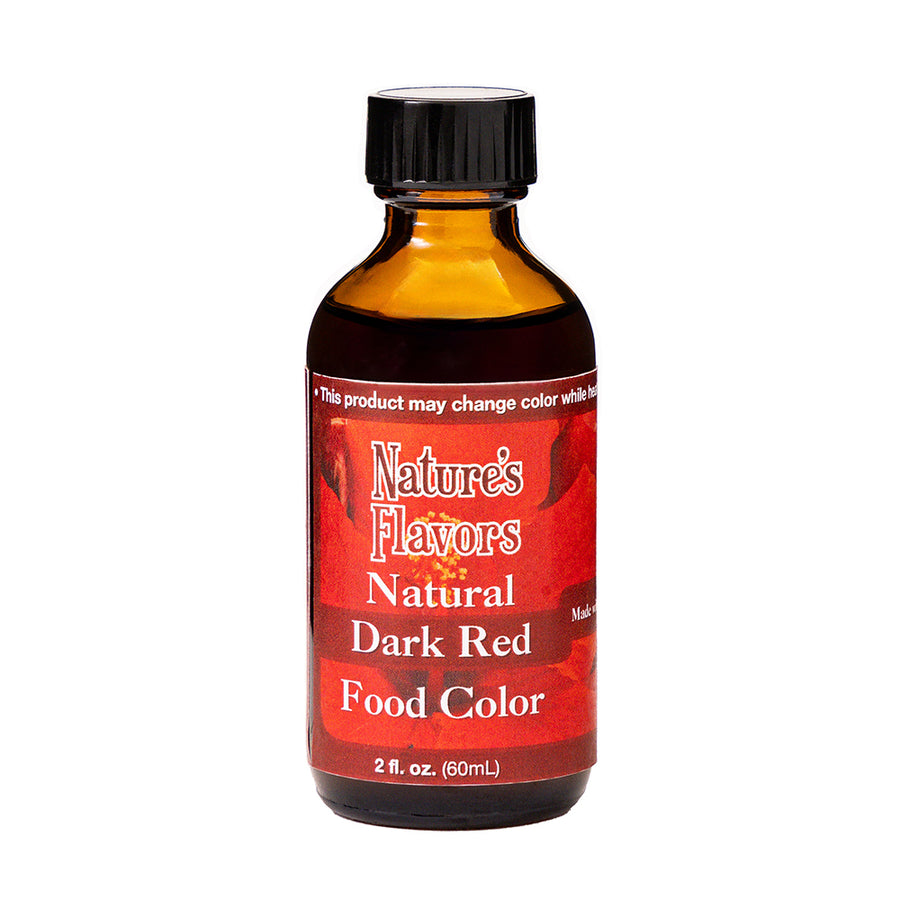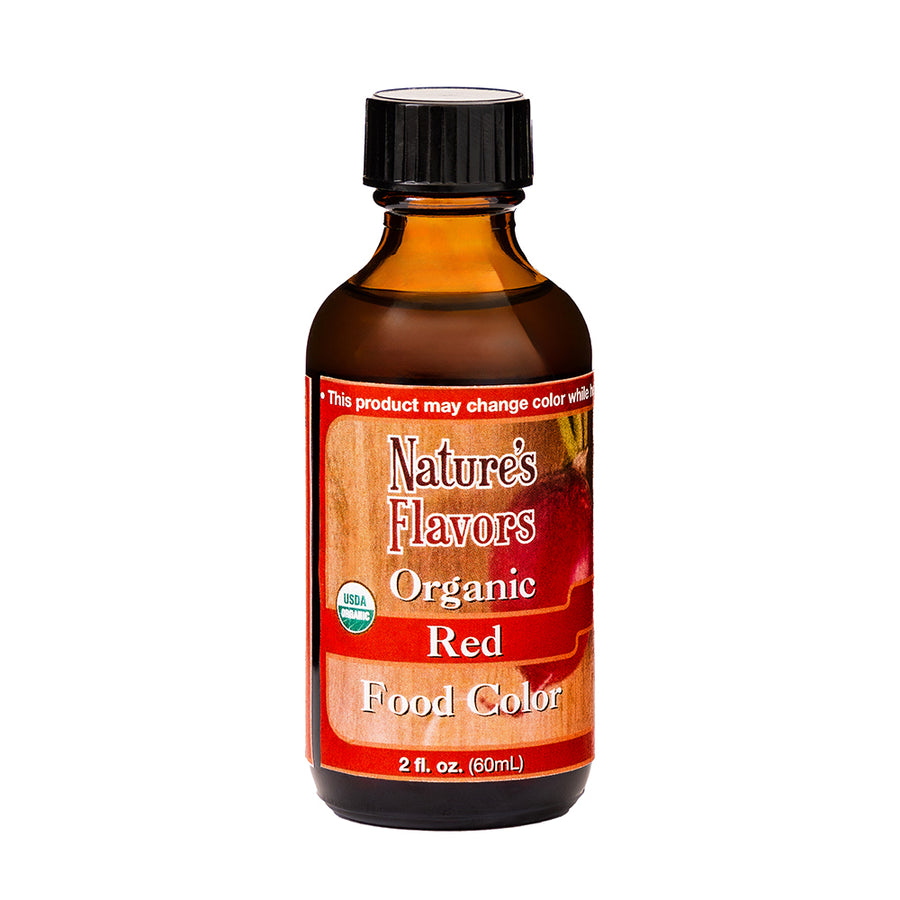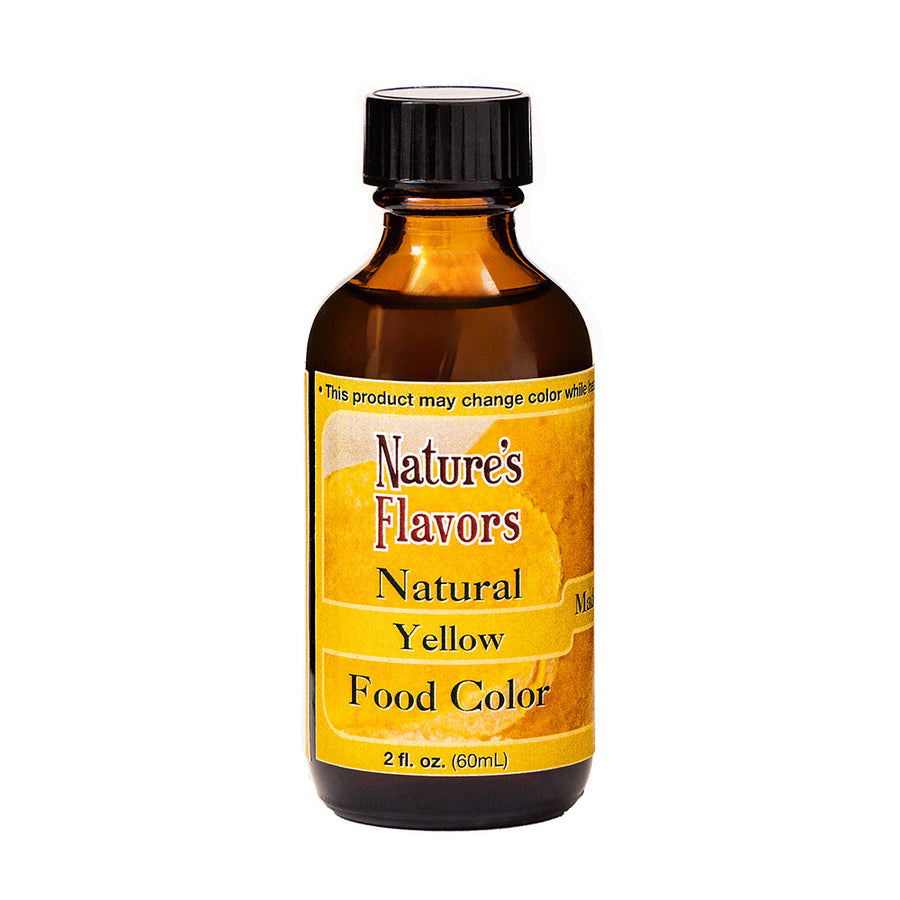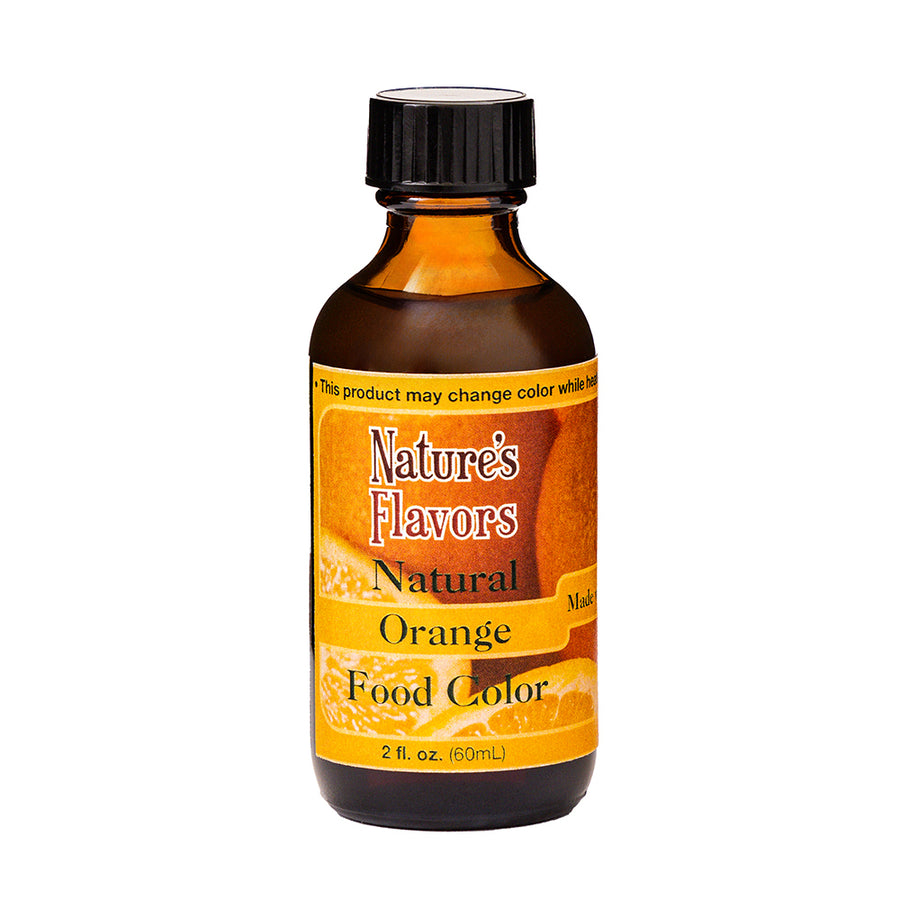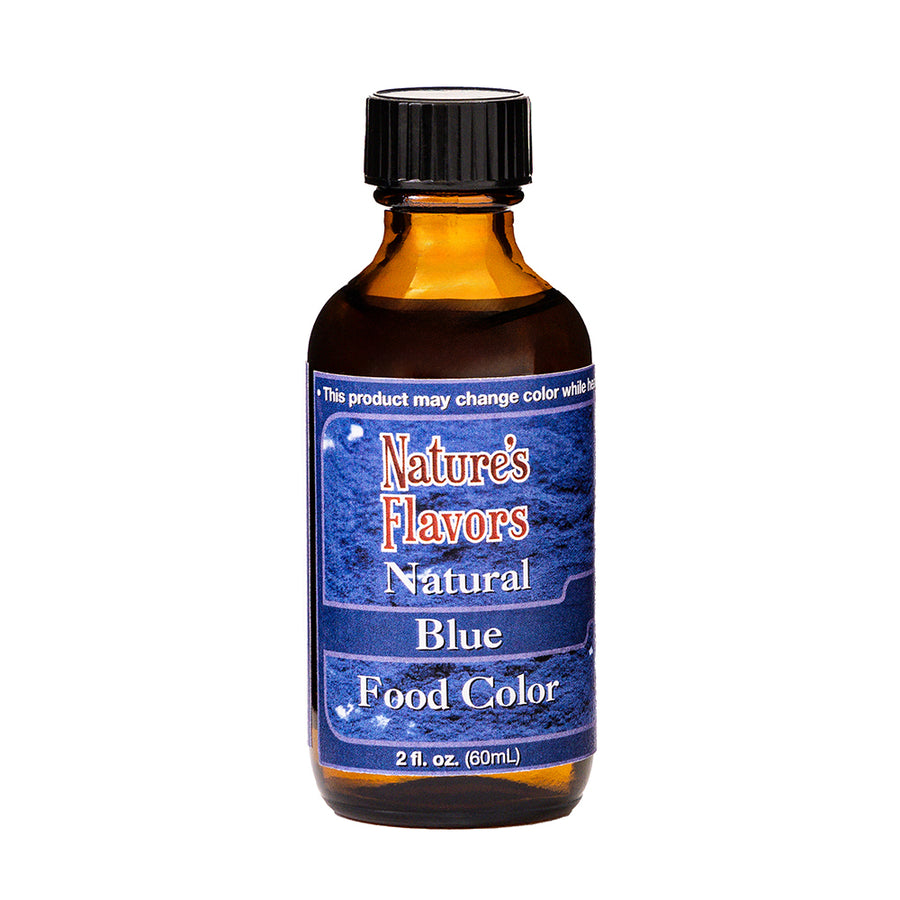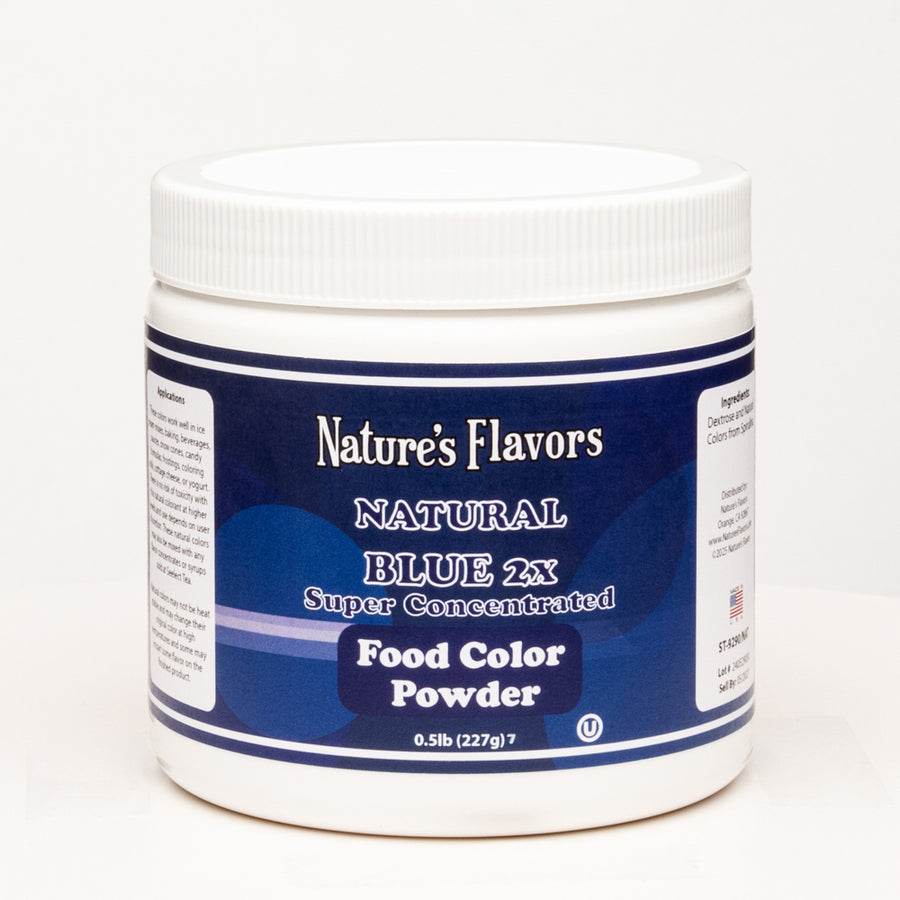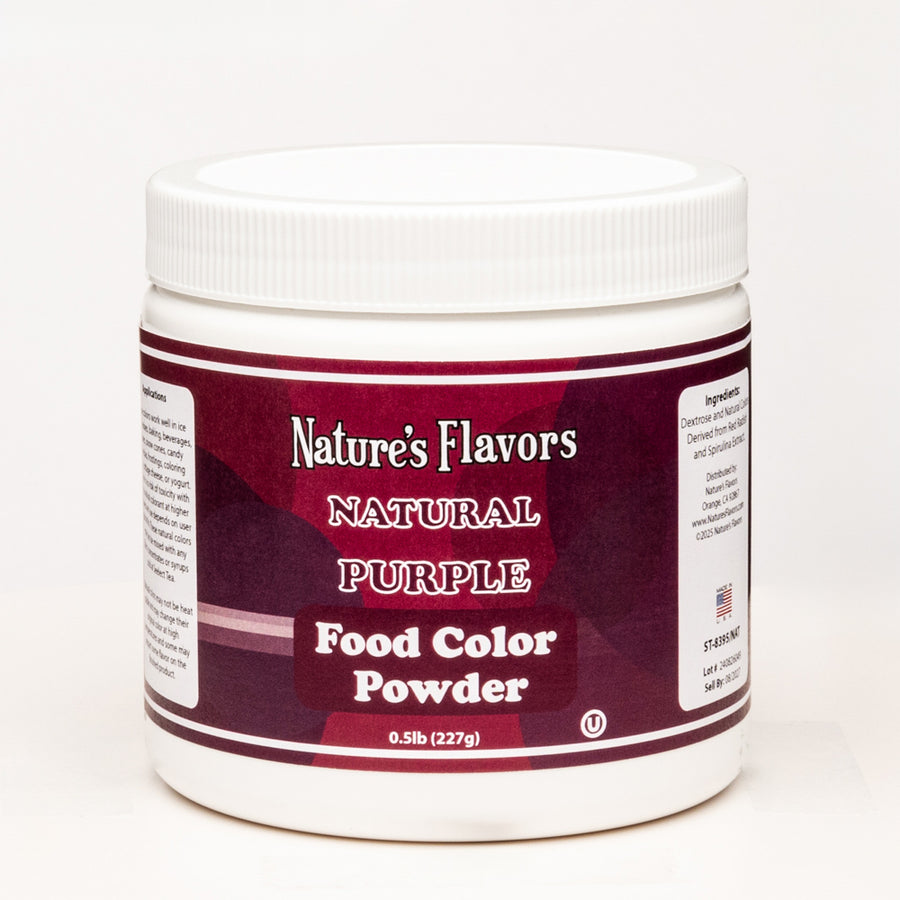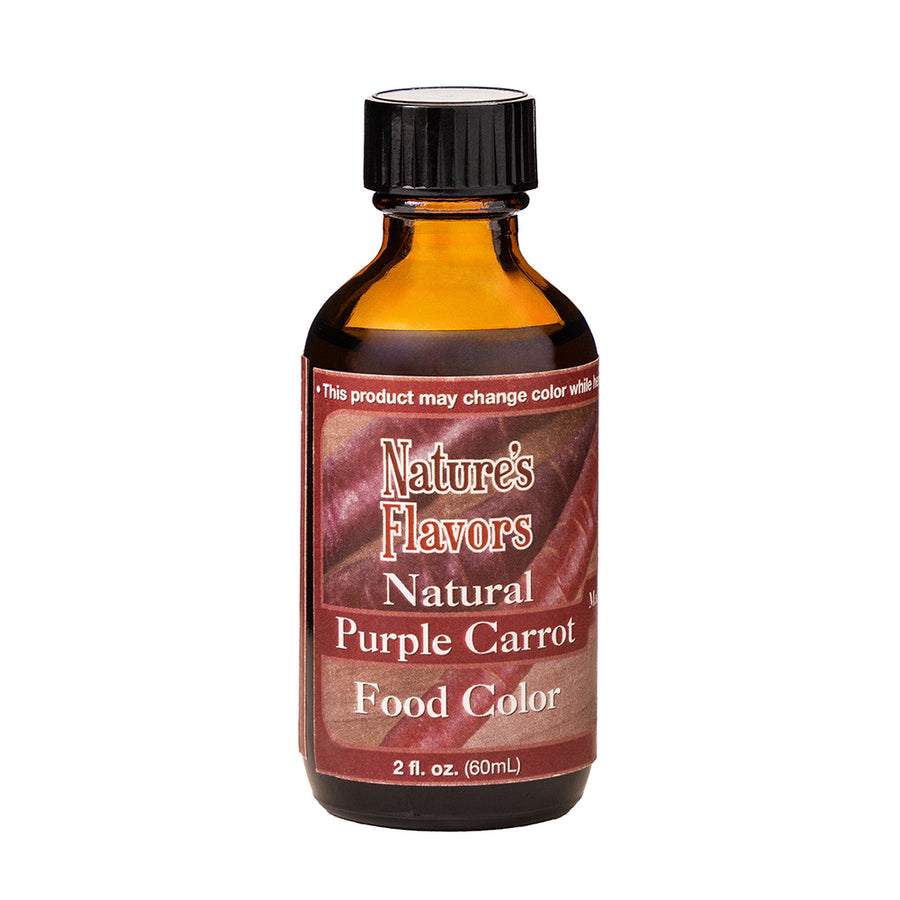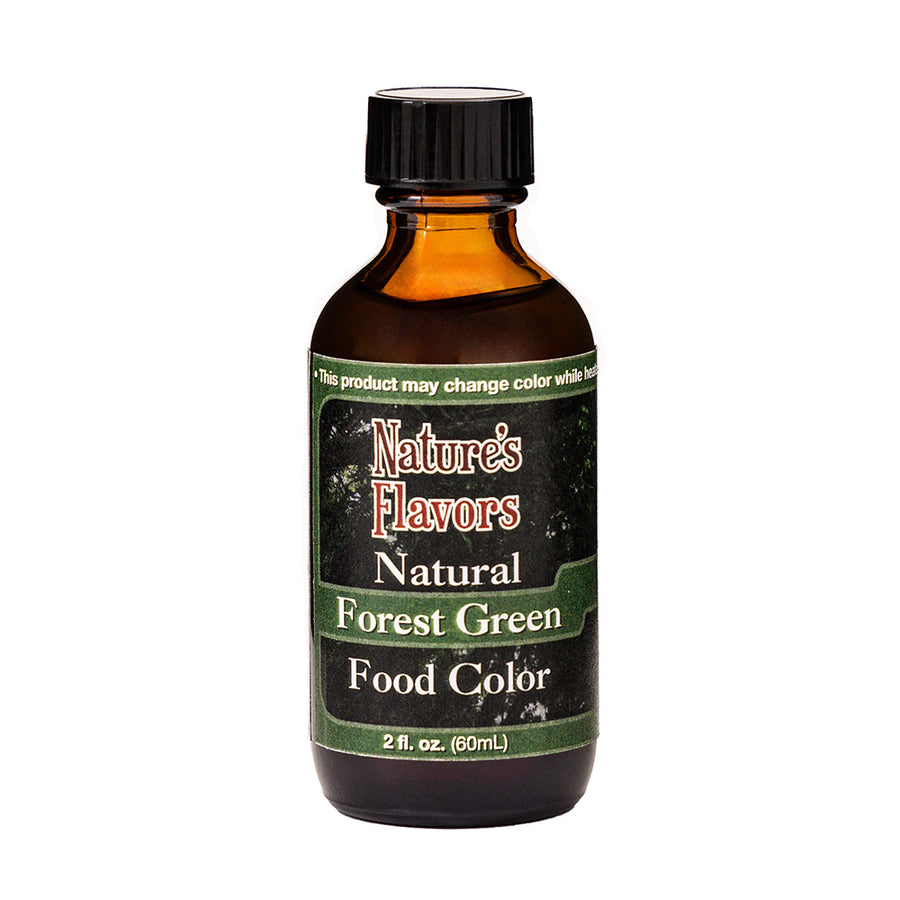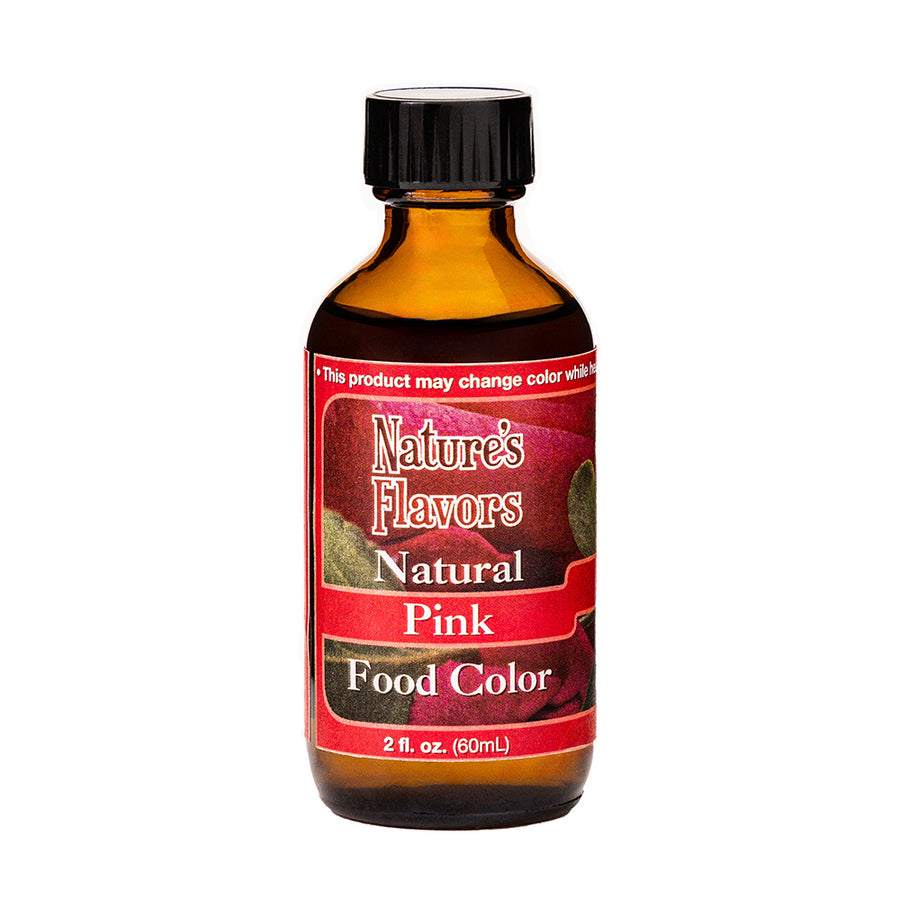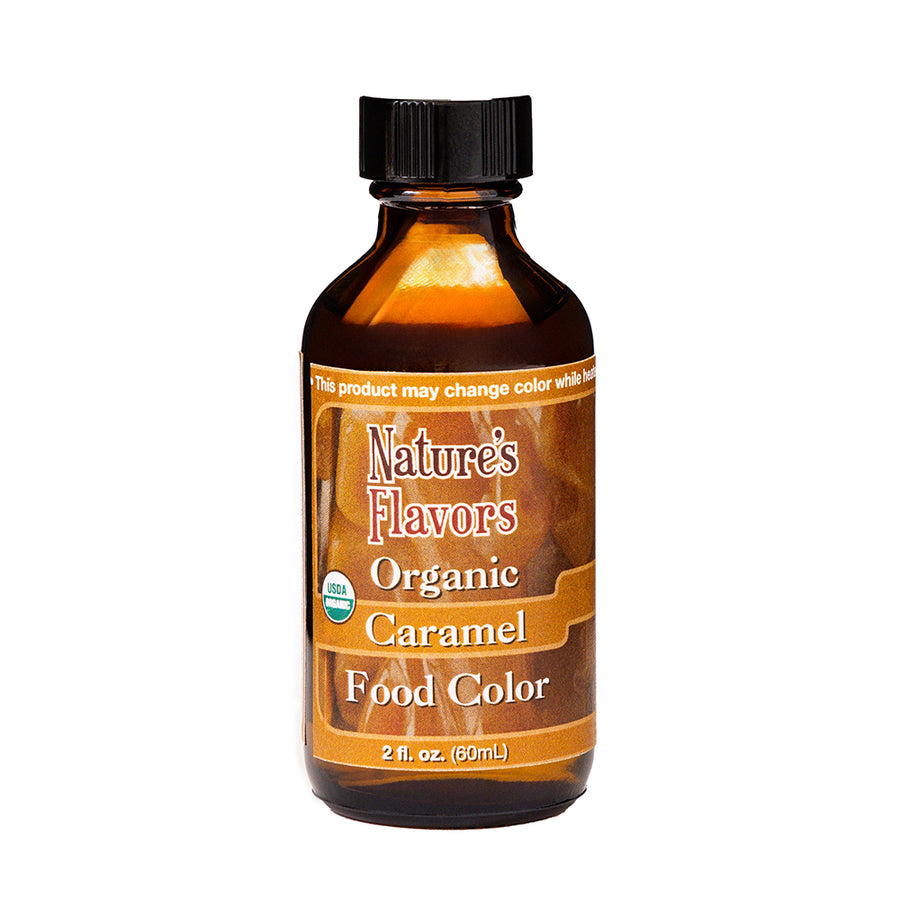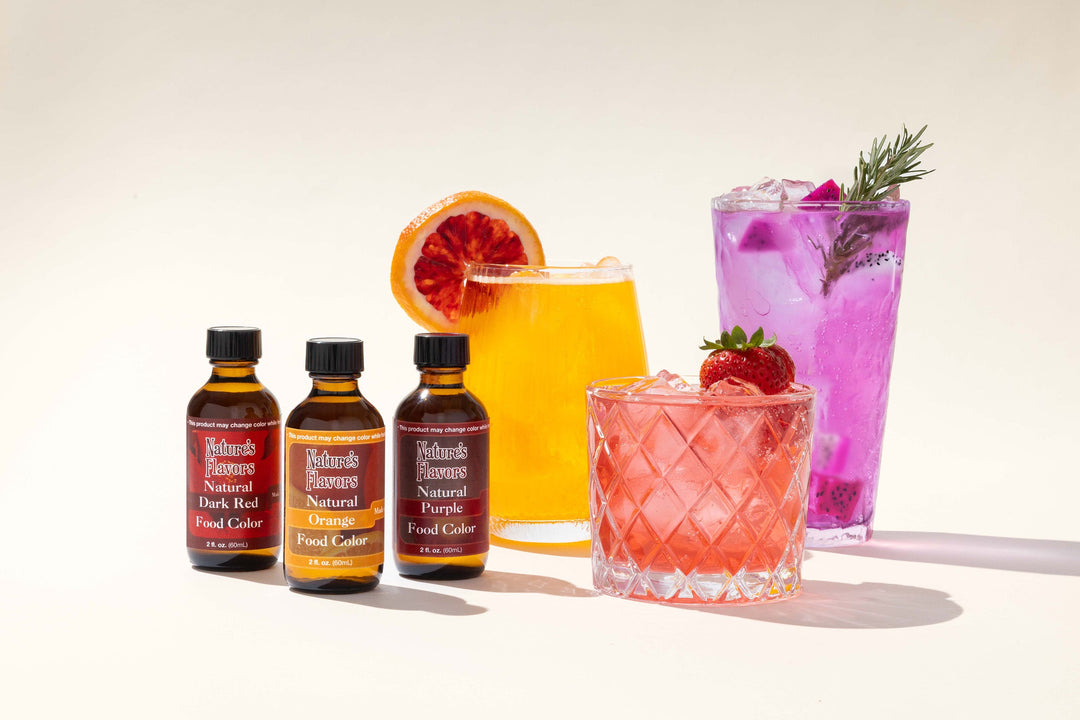Red Food Coloring Powder is commonly used in a variety of food products, including baked goods, beverages, sauces, and confectioneries. Its ability to provide a consistent and appealing red color makes it a preferred choice for items like red velvet cakes, fruit-flavored drinks, and tomato-based sauces. The powder form allows for easy integration into dry mixes and liquid formulations, ensuring uniform color distribution.
Benefit:Using Red Food Coloring Powder offers several functional and business benefits. It ensures flavor consistency across batches, which is crucial for maintaining brand reputation. The natural origin of the coloring supports clean-label claims, appealing to health-conscious consumers. Additionally, the cost-efficiency of using a concentrated powder reduces production costs while maintaining high-quality standards.
Versatility:The versatility of Red Food Coloring Powder allows for a wide range of applications. Its concentrated nature means that only small amounts are needed to achieve the desired color intensity, providing flexible flavor control and enabling product innovation. This adaptability makes it suitable for both large-scale manufacturing and small-batch artisanal production.
Quality Assurance:Our Red Food Coloring Powder is manufactured under strict quality control measures to ensure safety and consistency. Each batch undergoes rigorous testing to meet industry standards, guaranteeing that the product is free from contaminants and maintains its vibrant color over time. This commitment to quality ensures that your products are both safe and visually appealing.
Sustainability:We prioritize environmentally responsible sourcing and manufacturing practices. The red radishes used in our coloring powder are sourced from sustainable farms that adhere to eco-friendly agricultural practices. This alignment with sustainable ingredient trends not only supports environmental conservation but also enhances your brand's commitment to sustainability.
Storage:To maintain the freshness and potency of Red Food Coloring Powder, store it in a cool, dry place away from direct sunlight. After opening, ensure the container is tightly sealed to prevent moisture absorption. Proper storage will extend the shelf life and preserve the quality of the product.
Caution:Due to its potency, Red Food Coloring Powder should be used in moderation. It is important to follow usage guidelines to avoid overpowering your formulation. Excessive use may lead to an undesirable color intensity, so precise measurement is recommended to achieve the best results.


